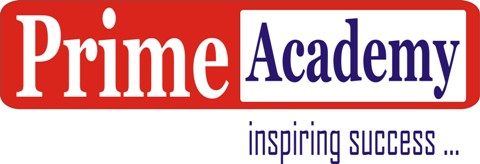CUET 2024 exam is expected to be held between May 15 to May 31, 2024
CUET UG Economics Syllabus 2024
There will be one Question Paper which will have 50 questions out of which 40 questions need to be attempted.
| Units | Topics |
|---|---|
| Unit I : Introduction to Micro Economics | (i) What is microeconomics? (ii) Central problems |
| Unit II : Consumer’s Behaviour & Demand | (i) Consumer’s Equilibrium: meaning and attainment of equilibrium through Utility Approach: One and two commodity cases. (ii) Demand: market demand, determinants of demand, demand schedule, demand curve, movement along and shifts in the demand curve, price elasticity of demand, measurement ofprice elasticity of demand – percentage, total expenditure, and geometric methods |
| Unit III : National Income and Related Aggregates — Basic Concepts and Measurement | (i) Macroeconomics: meaning. (ii) Circular flow of income, concepts of GDP, GNP, NDP, NNP (at market price and factor cost). (iii) Measurement of National Income –Value Added method, Income method, and Expenditure method. |
| Unit IV : Determination of Income and Employment | (i) Aggregate demand, aggregate supply, and their components (ii) Propensity to consume and propensity to save (average and marginal) (iii) Meaning of involuntary unemployment and full employment (iv) Determination of income and employment: two-sector model (v) Concept of investment multiplier and its working (vi) Problems of excess and deficient demand (vii) Measures to correct excess and deficient demand – availability of credit, change in government spending |
| Unit V : Money and Banking | (i) Money: meaning, evolution, and functions (ii) Central bank: meaning and functions (iii) Commercial banks: meaning and functions |
| Unit VI : Government Budget and the Economy | (i) Government budget – meaning and its components (ii) Objectives of government budget (iii) Classification of receipts – revenue and capital; classification of expenditure – revenue and capital, plan and non-plan, and developmental and non- developmental (iv) Balanced budget, surplus budget, and deficit budget: meaning and implications (v) Revenue deficit, fiscal deficit, and primary deficit: meaning and implications; measures to contain different deficits. |
| Unit VII : Balance of Payments | (i) Foreign exchange rate – meaning (fixed and flexible), merits and demerits; determination through demand and supply (ii) Balance of payments accounts – meaning and components (iii) A brief analysis of recent exchange rate issues |
| Unit VIII : Development Experience (1947-90) and Economic Reforms since 1991 | (i) A brief introduction of the state of the Indian economy on the eve of independence. Indian economic system and common goals of Five year Plans. (i) Main features, problems and policies of agriculture (institutional aspects and new agricultural strategy), industry (IPR 1956; SSI – role & importance) and foreign trade. |
| Unit IX : Current challenges facing the Indian Economy | (i) Poverty – absolute and relative; Main programmes for poverty alleviation: A critical assessment; (ii) Human Capital Formation – How many people become resource; Role of human capital in economic development; (iii) Rural development: Key issues – credit and marketing – role of cooperatives; agricultural diversification; (iv) Employment: Growth and changes in work force participation rate in formal and informal sectors; problems and policies (v) Infrastructure: Meaning and Types: Cases Studies: Health: Problems and Policies – A critical assessment; (vi) Sustainable Economic Development: Meaning, Effects of Economic Development on Resources and Environment, including global warming |
| Unit X : Development Experience of India | (i) A comparison with neighbours (ii) India and Pakistan (iii) India and China (iv) Issues: economic growth, population, sectoral development and other Human Development Indicators |
